Fans add sharp spices for sure the first thing they will call exactly the bitter pepper. It is difficult to present Korean and oriental cuisine without bitter pepper besides the fact that the pepper causes appetite, it can be used as a natural immunity stimulator. Based on burning pepper, you can prepare tincture, ointment or balm. You can grow peppers on your summer cottage. He is unpretentious in care, if you comply with all recommendations for landing and growing this garden culture.
The breeders brought about 2000 varieties of peppers, among them the leading position occupies exactly the bitter pepper or chili pepper. It is possible to grow peppers on the site or at home in a pot. If you want to indulge yourself with sharp dishes, then you can plant peppers in a pot, but here you should know that the fruits will be small, and the bush itself is branched. For those who decided to assemble the harvest of bitter pepper from their country site, breeders warn that the yield of pepper will be not as high as other vegetable crops, and the dates of ripening at the bitter pepper will be more than sweet.
A little story
For the first time, the taste of burning pepper Portuguese and Italian navigators who brought him home from South America were opened. Mastering new lands, travelers hit the island called "Indian Pepper".
Local residents grown bitter pepper, which called "Agi". Now the names of the bitter pepper are a lot - people call him pepper-chili, burning, sharp grain, paprika or red.
Red pepper is considered a "close" relative of the Bulgarian sweet pepper and tomatoes. All these garden crops belong to the family "Polenic", because when flowering pepper of burning, sweet and tomatoes, they have similar flowers. So why then the chill bitter pepper such a taste? It turns out only in the composition of red peppers there is a special substance - capsacin. It is an alkaloid, which gives a strong sharpness of garden culture.
The breeders numbered several types of bitter peppers, depending on the amount of capsacin. They even developed a special pepper acuity scale (division from 1 to 10). If you do not like excessive sharpness, it can be adjusted using this scale (Sokoville scale), according to which the powder of burning pepper is divorced in certain proportions.
If you eat fresh pepper in food, depending on the specifics of the use you can adjust the sharpness. For example, if you carefully reveal the vegetable and remove streaks and seeds, then its sharpness will fall half.
When growing a bitter pepper next to the sweet Bulgarian, it should be borne in mind that the plant is reversible, and therefore you can assemble the crop of sweet pepper with a light mustard.
Photo of bitter pepper:
How to grow bitter pepper
Before proceeding directly to planting bitter peppers, you need to choose a variety. Since this culture is thermalized, then the variety matters. Not every grade of burning pepper can be grown on its summer cottage. For example, for the southern part of Russia will fit the rapid low grades. This is the grader "Eroska", "Chardash" and "Funtik". For the middle strip of Russia, the hybrid average grade "Cornet" or "Mastodont" is most suitable.
If you want to grow high grade of bitter pepper with large fruits, then it is necessary to plant a plant in a winter greenhouse.
Before boarding, you need to take care of the place in advance. To ensure the growth and good fruiting of garden culture, it is important to organize the proper drainage. Bitter pepper loves nutritious soil and good moisturizing, but does not tolerate moisture. It is important when growing pepper to organize the right watering - only under the root so that the water does not fall on the leaves.
Choose to land a bitter pepper lit place, but remember that direct sunlight can destroy the plant.
Soil must be prepared since autumn. If you do not have time to overleate the soil and prepare it, you can make this part of the work in early spring. You need to add manure to the ground, preferably rewind (1 m 2 Earth introduced 2 buckets of manure). Take a small plot for planting bitter peppers. Since for eating for a family of 4 people, you will need a small amount of red burning peppers, it will be enough to plant 5 or 10 bushes.
Growing the seedlings of bitter pepper
The technology of growing burning pepper is practically no different from growing sweet bell pepper. The breeders believe that the pepper is best grown out of seeds and plant the fastest seedlings into the ground.
Seed landing must be carried out at the end of February, early March. And in those regions where by the middle of May the soil warms up to +15 oC, sowing can be started at the end of January, early February.
Before planting, the seeds are soaked in a weak solution of mangalls for 2 days. To germinate seeds, it is necessary to ensure the optimal temperature, on average the air temperature in the room should not exceed +25 oC. If these conditions are observed, then the first searches will appear on the 6th day. Vegetation is approximately 50 months, so seedlings at the age of 3 months need to plant in a greenhouse.
Seeds after soaking are evyed in peat pots or special boxes for growing seedlings. You can immediately sow seeds into separate containers, cups or cups, diameters from 10 to 15 cm. Soil is better to use purchased, large and disinfect. Note that the pH of the soil does not exceed 6.8, this information can be found on the package.
To enrich the mixture and increase the germination of seeds, it is important to introduce fertilizers. 10 liters take 10 g of urea, magnesium phosphate 3g and superphosphate 40 g
At the bottom of the box or cups first need to be laid a drainage layer, it can be clayzit, sand or foam balls. Drainage layer - 2 cm. From above, you can pour a layer of soil.
If you put the seeds in the boxes, then the grooves must be made, the gaps between rows 2 cm. The seeds are stacked in the soil at a distance of 1, a maximum of 2 cm from each other is not much deepening. Each grooves fall asleep with a thin layer (0.5 cm) of soil or sand. Cover pots with seedy polyethylene film.
Seed germination while compliance with the landing and temperature conditions (during the day +25 oWith, at night not lower +18 oC) need to be expected on the 50th day. Seedlings must often watered, since the lack of moisture can affect the quality and size of the fruit. Peppers will be small, twisted and not sufficiently sharp. Therefore, it is important to water the seedlings moderately and often, ensure that the water does not fall on the leaflets. Water seedlings of bitter pepper with dumped water, the temperature is not higher than +23 oWITH.
After picking seedlings, it must be put on the windowsill to provide good lighting. Plants are important from time to time to turn to the light source so that the peppers do not grow in one direction (single-sided seedling). It is also important to ensure that the earth be moistened, it is necessary to exclude a stagnant liquid, and not to dry out the Earth. After the picking is made, the seedlings are watered for 5-6 days.
If you find that the color of the leaves of the guechy pepper has changed and they became light, it's time to enter the feeder. You can enter liquid fertilizer or sprinkle wood seedlings. Well feeds the pepper fertilizer "Bud", it will just help accelerate the growth of the preceded seedlings.
When the seedlings reaches 30 cm growth and 6-12 leaves will grow on each plant, seedlings can be transferred to the ground, but it is desirable to harden it before disembarking. It is done outdoors, in a wind-protected place. It is necessary to simply set the boxes with a seedl of the street and gradually increase the time of stay of the burning pepper outdoors.
How to plant a bitter pepper
When the soil warms up to +15 oC, it's time to plant seedlings. Landing time can be determined based on the climatic zone, plant varieties, soil landing or in a greenhouse.
Before transferring seedlings to the wells, they need to pour them so that the soil is well moistened. The wells to make in advance, they should be spacious, so that the bitter peppers fit in it along with the land.
The distance between each plant should be 40-50 cm, and between the rows - 25 cm. In addition to good soil irrigation, you can make some fertilizers in the well, but only without chlorine. Any fertilizer with a high content of potassium is suitable. After making feeding, pour water into the well so that it was all filled. After a while, water is absorbed and can be seated with seedlings.
The depth of planting remains unchanged - 3 cm. The soil near the seedlings is compacted and again is watering with water. In addition, it is necessary to immediately prepare wooden planks or wands, as well as the rope to immediately suspend fragile pepper stalks.
Squeeze the bitter pepper into a low greenhouse. If you decide to immediately plant seedlings in the ground, the soil is first insulated with compost, leaves or hay. Luck is better not to use. So that the soil does not freeze, the beds after planting are covered with a film and build an arc from a thin wire (the height of the arc is 1 m). The film is removed when the temperature is normalized, but it is advisable for the night to bite the pepper with a film even in the summer.
It is undesirable to plant burning peppers next door to Sweet, as there is a transcender and the taste of peppers of different varieties will be different.
Regular watering and timely feeding will provide a good harvest. In the first time, when the plant has not yet risen, it is necessary to feed the pepper with a mixture of magnesium with phosphorus, and when the fruits begin to ripen, then it is necessary to limit the introduction of nitrogen fertilizer and not often water this garden culture.
If the pepper grows well and blooms abundantly, it is important to pass it in a timely manner. It is necessary to tear up the top flowers, and if the pepper reached 25 cm growth, then the top of the main escape must be removed. Then the bitter pepper will be well branched and grow rapidly.
From one plant you can collect up to 25 fruits as soon as you see that the fruits begin to tie, leave the right amount, and the rest are removed. In dry, hot and windless weather, it is necessary to help the plants to be pollinated, for this we just carefully pass the bushes.
Features of care
As mentioned earlier, it is important to spit the top of the plant so that the bustice becomes compact, then shoots will grow on the sides. This will provide a good harvest.
It is believed that burning pepper is an annual plant, but you do not need to rush to throw away the pepper after harvesting. If you fall off the pepper's bush in the fall and transfer it to a spacious container (even an old enamel pan) is suitable, then the pen will be fruitful until spring, and maybe longer.
Reproduction of acute peppers
Bitter pepper multiplies not only by seeds. By the way, the seeds retain the germination for several years. With proper storage of seeds, you can provide a seven good harvest for 3-4 years.
Bitter pepper can multiply and cuttings. Cut out some young shoots with a sharp knife, put them in a glass with water. When the pepper breaks the roots, it can be transplanted into a pot with a fresh substrate. After 1.5 months, the new bush will delight you with your bloom.
How to collect harvest
Surprisingly, it is possible to collect a harvest of bitter peppers without waiting for the stage of maturity. Depending on the variety of peppers, it is possible to collect a crop even when the fruits did not have time to blush. Pepper can be litter green or wait when it completely matures. Mature pepper has sufficient sharpness and has a slightly sweet taste.
At the end of the season, you can tear semi-fruit when they from greenish painting purchased an orange tint. At home, peppers quickly ripen. If you do this, then we give the plant more chances so that the remaining harvest ripened and the fruits were large.
Time for harvesting - from mid-July to October inclusive. Fruits break carefully, removing along with the fruit.
You can store the collected crop all year round, dry pepper does not lose its properties and remains the same burning, as well as just torn off the bush.

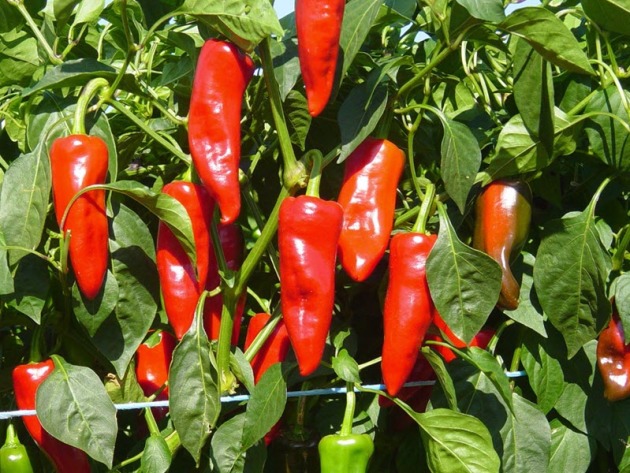
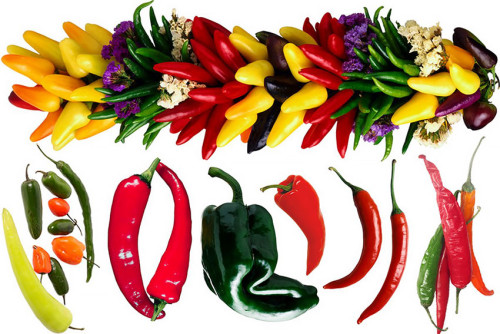
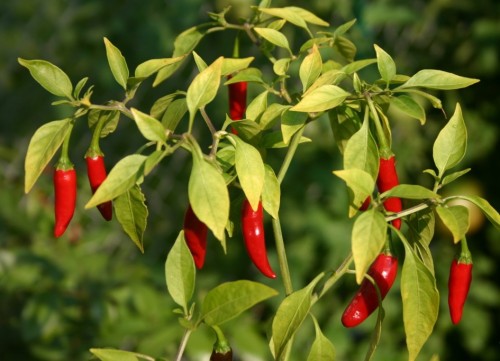
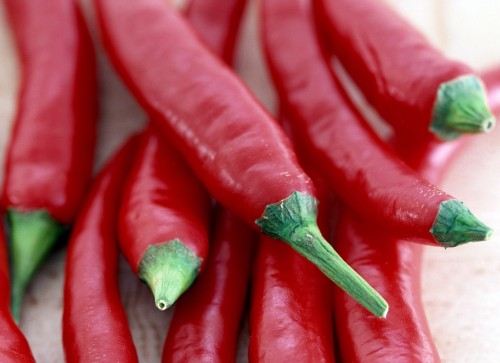
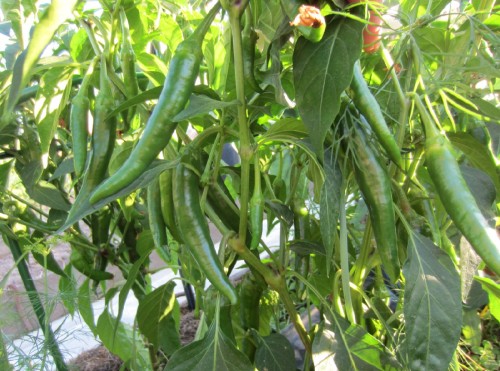
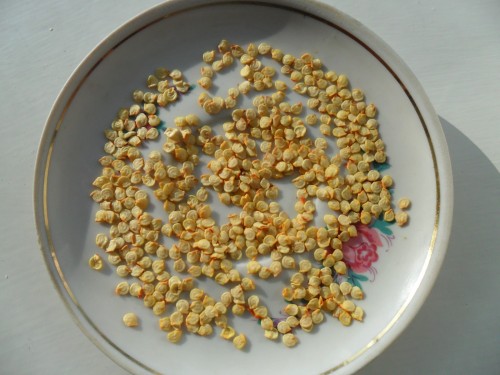
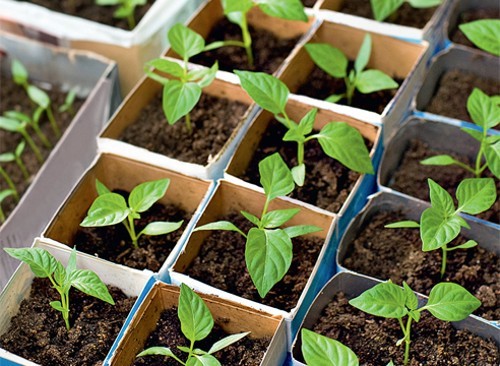
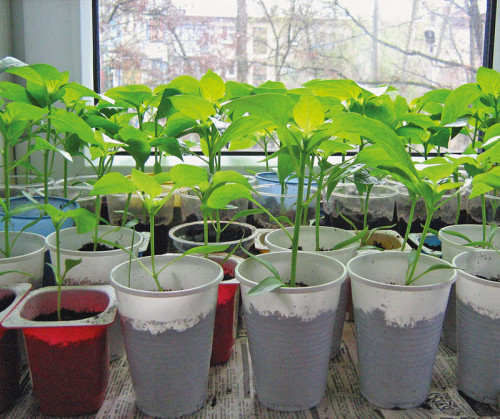
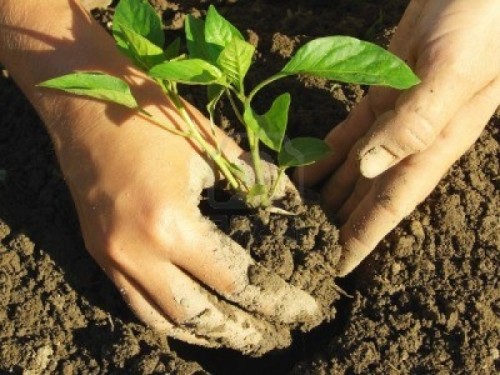
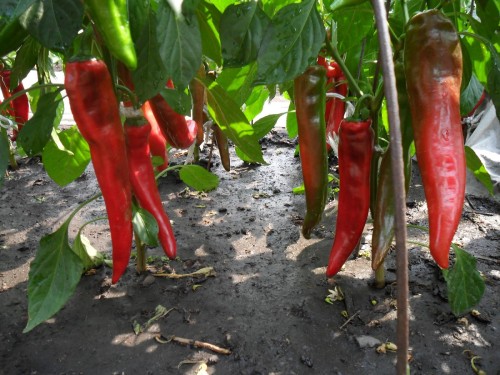
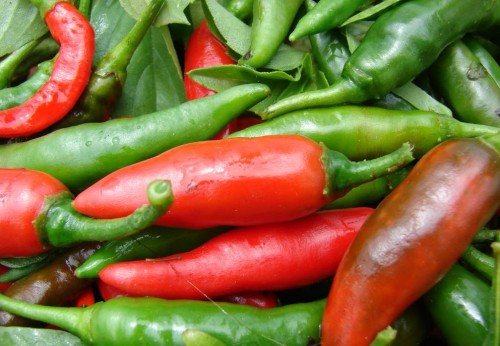












 Start a discussion ...
Start a discussion ...